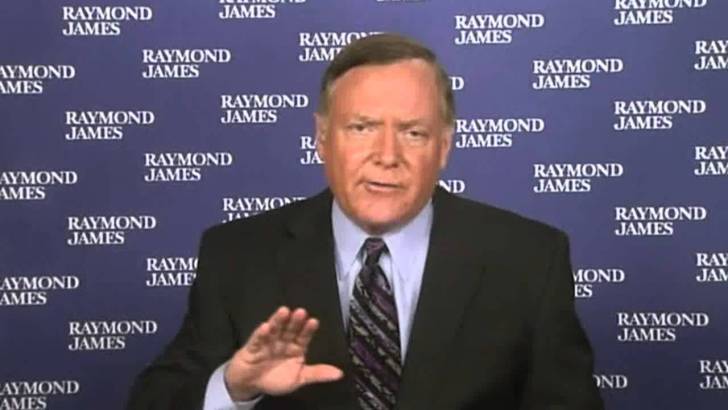by Doug Drabik, Fixed Income, Raymond James
Last week was an exciting bond market affair. The election-driven volatility gave way to future optimism for Trump’s business-friendly platform and potential lower individual marginal tax rates foreseeing stronger corporate earnings and consumer wealth/purchasing power. The directional turnabout is the consequence of a Trump win, as prior to the election, the markets were anticipating and preparing for what was being polled as a Democratic victory. The preliminary tone has initially favored the equity market and has the substance to continue to do so, as well as drive interest rates higher, bolstering a possible steeper yield curve.
This morning, the long-end of the curve (10-, 30-year Treasuries) is 39 basis points (bp) higher for both versus the day before the election. The immediate impact to the bond market was noteworthy. We might anticipate the abrupt/knee-jerk euphoria/reaction to quiet down. Although it is potentially foretelling with respect to rate-direction, it is early since the actual transfer of power is weeks in waiting. The markets will certainly be watching cabinet appointments and comparisons of campaign promises with actual developing policies. It is also important to keep things in perspective. The net changes may be far more subdued than prejudged prophecies.

The overall platform will develop over time and the bond market has historically been very keen in its response to real changes. The emotional early moves will be accurately adjusted as the new administration takes shape. Some of the projected occurrences are outlined in the following paragraphs. As of now, the actual data still reflects low growth and low inflation and a predicted Fed rate hike in December. Please be mindful that the ensuing notes are nothing more than possible future market actions and reactions to policy changes.
The net platform suggests that government spending will increase with a pre-commitment to infrastructure rebuild. This appears to be coupled with lower government revenue expressed through lower corporate and individual tax rates. Couple rising spending with lower taxes and it may materializes into an increased budget deficit. Under these conditions, the debt/GDP ratio is likely to go up as is the likelihood of higher inflation (not necessarily out-of-control inflation) and higher interest rates.
The outcome of an all republican government (president-senate-congress) is expected to continue for 4 years as the off-election year puts far more democratic seats up for re-election 2 years from now. So with 4 years of same party politics, the probabilities of policy change fruition go up. As we state often, the advantage of fixed income holdings does not change despite all of this. Buy-and-hold positions will continue to produce their predetermined cash flow, income stream and stated date when face value is returned regardless of any interest rate, policy, or platform changes in the interim. The strategic laddered portfolios are aligned purposefully to mitigate the effects of these kinds of changes and will continue to perform as future strategic alignment is reevaluated as this all unfolds. Keep calm and deliberate about portfolio allocation and proper diversification among asset classes. Panic, radical knee-jerk reactions and forecasting rarely work out.
The Fed may welcome a more active fiscal policy, taking some of the pressure off of Fed’s attempts to keep the markets aligned with monetary policy alone. The central bank’s upcoming meeting and decision to hike short-term interest rates may have gotten a lot more interesting as the market reaction could be argued to have done their job. Still, as measured by Bloomberg’s implied probabilities, there is an overwhelming 92% chance that the Fed hikes short-term rates on December 14th. Much will play out over the upcoming weeks and we will watch how rates settle in. This morning is reflecting a continued upward directional move as interest rates are moving higher in early morning trading.
The possible tax code change will be monitored. A simplification from 7 marginal rates to 3 (12%, 25%, 33%) was campaign-proposed. The lower brackets are coupled with the reduction of deductions, tiered differently for the different tax buckets. In addition, a 0% tax bracket was proposed for low income-earning individuals/households. How this might affect the Affordable Care Act and the additional tax burden is yet to be seen. We have experienced tax code restructures before and the demand for tax-exempt municipal product survived those reforms as well. It is unlikely any extreme gross reductions or removal of these benefits would occur as it would place extreme burdens on state and local government and municipalities especially during this weak expansionary period.
As Kevin Giddis, Head of Fixed Income put it so distinctly, fixed income trades in “years” and we are a long ways away from the moment. Keep calm and purposeful and remember the far reaching purpose of asset allocation. Might this be an entry point for some bond investment of excess money on the sidelines? Perhaps. Stay tuned.
















